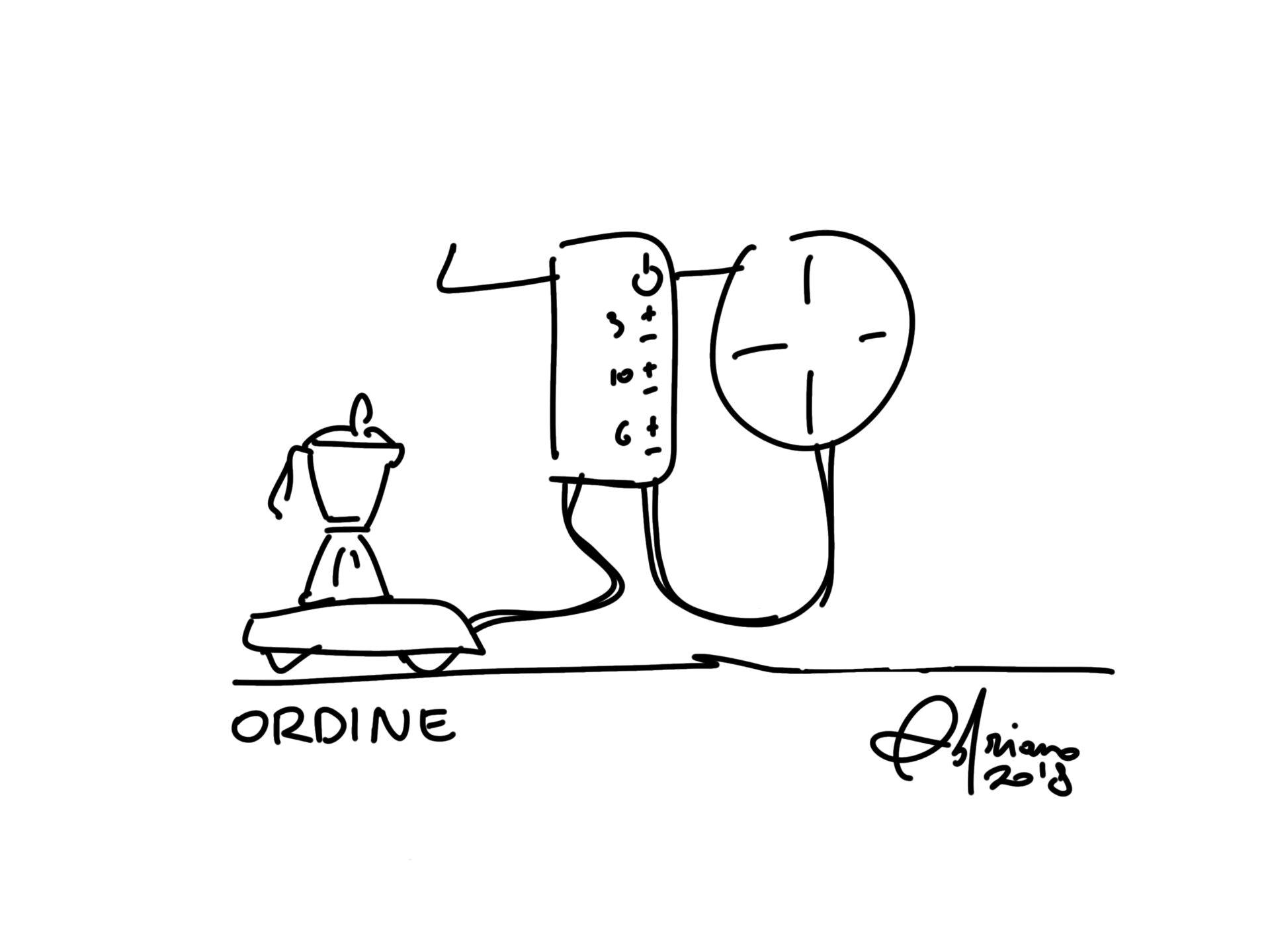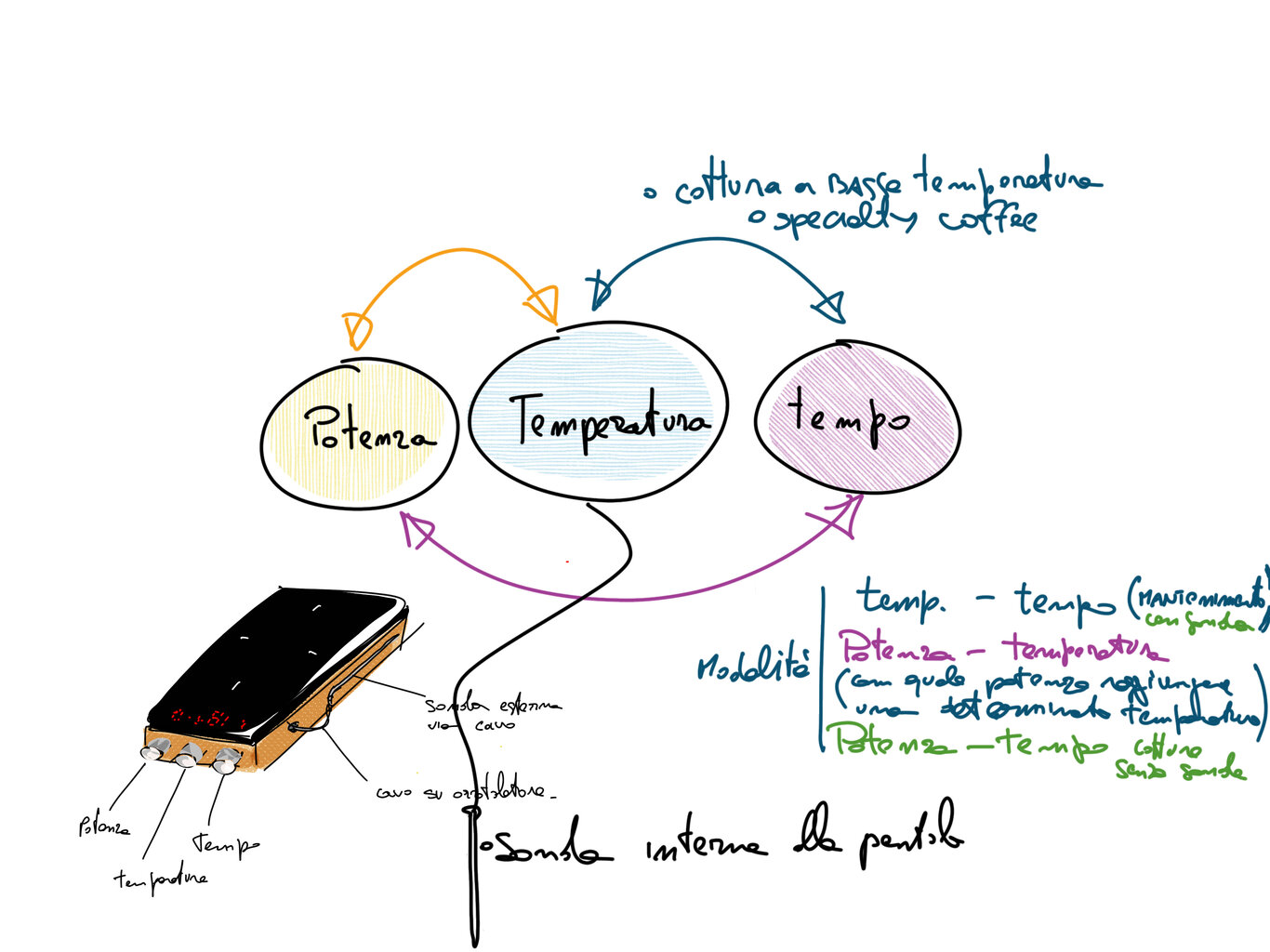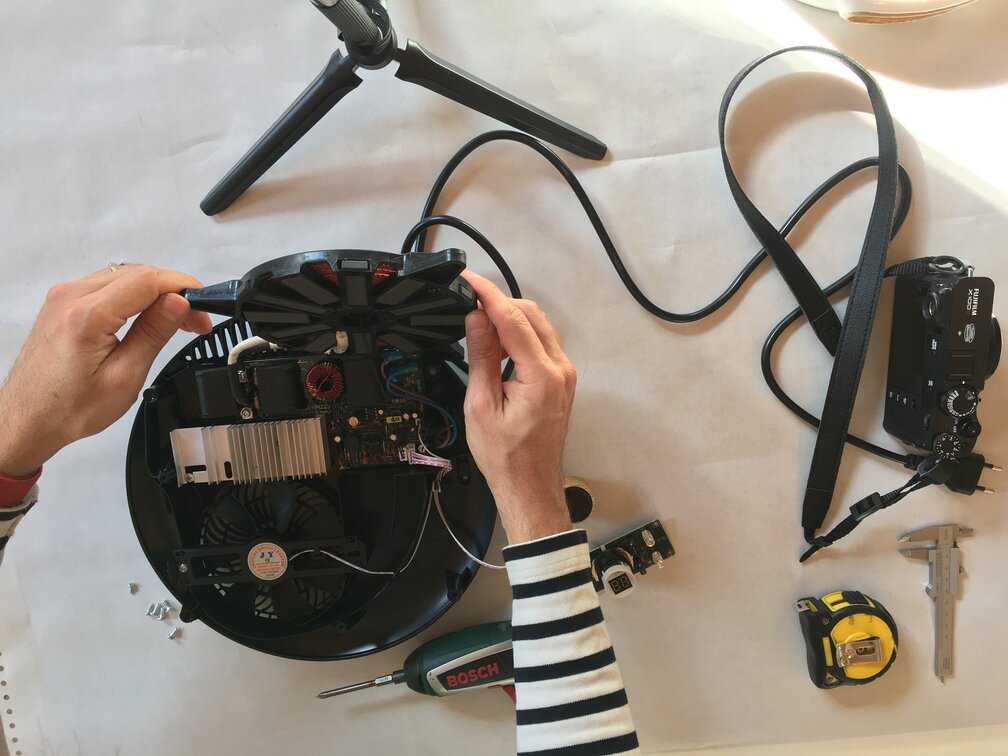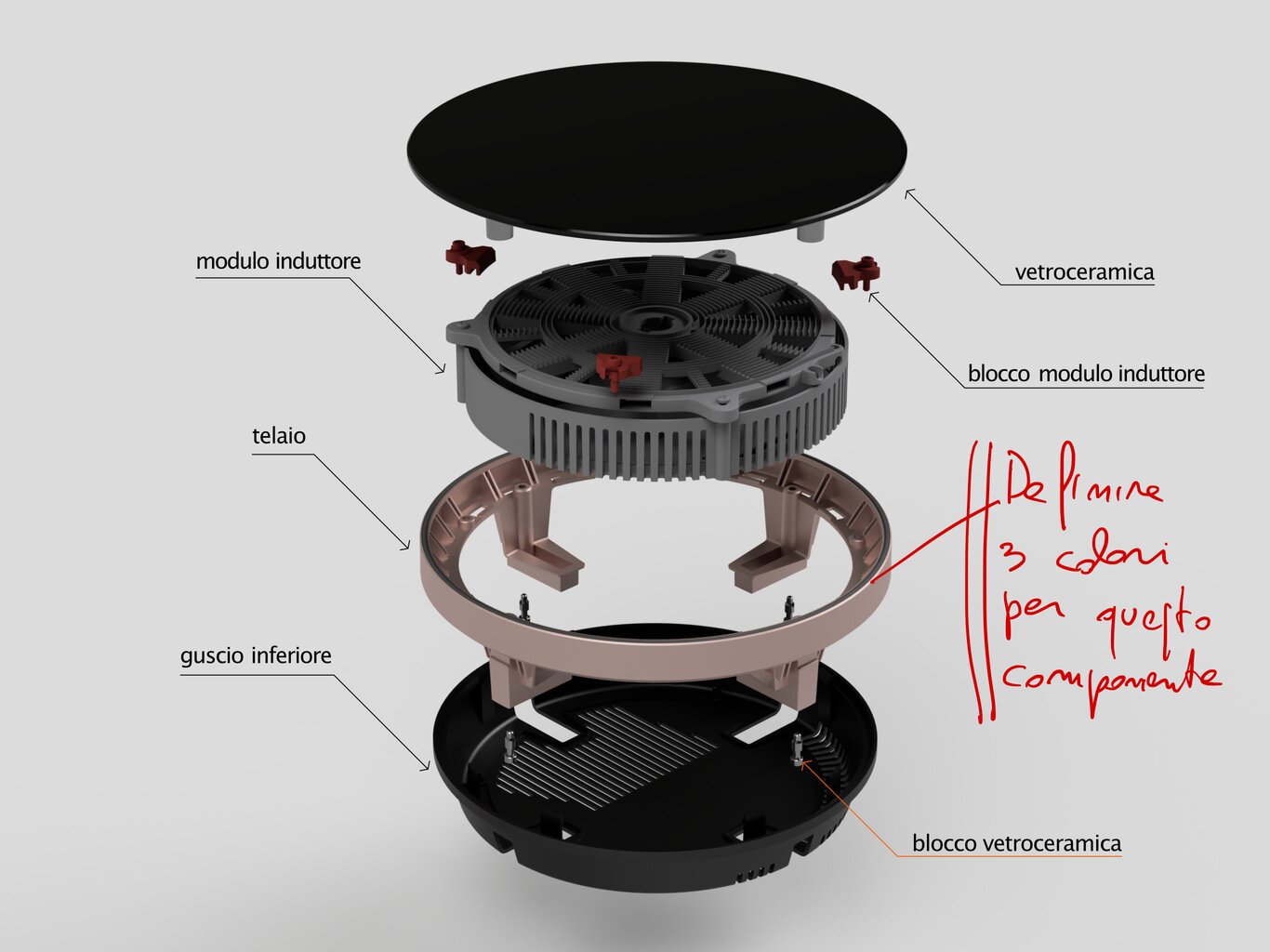How to design something new (without inventing anything)
KEY TAKEAWAY:
All companies want designers to innovate. Yet doing something new is easier said than done, especially when the result is to be manufactured in large numbers, industrially. The recipe of the Adriano Design is to take things apart and build them anew. And it works.

As a designer, you know it all too well: all your customers want is innovation. But how do you design something new among millions of kitchens, bicycles, trolleys and stoves?
Davide and Gabriele Adriano, aka Adriano Design, have developed a successful recipe in doing exactly this. And their work has – thanks to its “out of the box” qualities – received several international awards, including the super prestigious and extremely severe Compasso d’Oro (it awards only 20 winners every 2 years and the Adriano Brothers got two, in 2014 and 2022).
Selecting a project to explain a method
To explain how Adriano Design comes to create “the new”, we talked with the Turin-based brothers about the cooktop Ordine that they developed for a company called Fabita.

The reason we decided to ask Adriano Design about Ordine is three-folds:
- The brothers had never previously worked on a domestic appliance, so in this case they had to apply their method from scratch
- The project has been officially recognized as “innovative” by a third party: the Compasso d’Oro jury (it was, indeed, amongst the 20 winners of the 2021-2022 season)
- The appliance was designed to be the first product to mark the development of the Fabita company from the status of supplier for third parties to brand. And it turned out to be the key element to spin off several collections
Let us now dive into the Adriano Design method for designing something new.
#1: Figure out what everyone else is doing
When Fabita decided to turn into a brand and launch its own products, they asked the Adriano brothers to design them although they had never worked on household appliances and technologies.
Their approach was to start from the basics: dive into existing production to identify where it was possible (or impossible) to innovate.
“We spent a lot of time studying hobs“, says Gabriele Adriano, “and realized that all innovations on the market were focused on improving the electronics.”

Induction hardware is simple: this technology, which is today the most modern for electric hobs, works thanks to coils creating a magnetic field that is transmitted to the bottom of the pot, and thus heat it. Almost all hob manufacturers buy and assemble control electronics and inductors. It is therefore not suitable, for a designer working for an appliance brand, to focus on this particular area, which is not part of the brand’s intellectual property or research field.
#2: Use lateral thinking to gauge the innovation opportunity
“We realized that the main sector’s trend was to make electronic products intelligent, meaning able to communicate with apps and with the user,” says Davide Adriano.
By dismantling the hobs, however, the brothers realized that there was an area that had surprisingly been ignored by all innovators: the cooktop.
[ Read more about Disassembly in the design process ]
What would happen if they redistributed the electronics and re-invent the top?
“We decided to focus our design effort on the redistribution of hardware elements (something that no-one was doing) rather than on software, connectivity and electronics (the central element of all brand’s innovation efforts). It was all a matter of imagining ‘what if’ and pursuing it” says Davide.
#3: Find the best design strategy to apply
Do you remember Meccano? The reusable metal strips, plates, angle girders, wheels, axles and gears, and plastic parts that are connected using nuts and bolts? If you are too young, think Minecraft.
Adriano Design applied to the Fabita project a creative design process that started from a deconstruction similar to the one that games such as these suggest.

“We wanted to add intelligence to the products but through their physical elements rather than from electronics: we revised the origin of the hob”, explains Gabriele.
All this happened as in the game of Meccano, disassembling and reassembling the pieces. The innovative scope of the project was not immediately apparent. At the base of everything was the idea of separating the control electronics from the induction plates.
“The two elements had always been closed in the same box: a plastic shell surmounted by a glass top”, Gabriele explains. “With the electronic controls under the plane, and the inductors at the front. We took the control electronics, pulled them out, put them vertically and hung them on the wall. We then removed the two inductors from the box, joined them with cables and hung them on the wall too.”
The final design was later patented in exactly this form.

Doing something new without inventing anything
Without inventing anything, Adriano Design has thus done something new.
“We had it clear in mind that, in order to relaunch a company, we would have to do something that no one had done yet while at the same time providing extra value for the user“.
Separating the control electronics from the induction plates gave great advantages in terms of usability.
In a cooktop where inductors are placed at a fixed distance, using large pots simultaneously can be complicated or impossible. When they are mobile, on the contrary, there is total flexibility.
“When you change a product type – like in this case – you have to also consider that the design may not come obvious to everyone”, Gabriele says. “The litmus test for us was the Living Kitchen fair in Cologne, in 2019: the public immediately understood that the plates hanging on the wall were actually hobs”.

A generative idea: from a single object to a full collection
This idea of deconstruction of the top has found fertile ground and the studio has developed a series of other hobs based on the same concept: the Battista and Comodo trolleys, with integrated induction hob.
Objects of this family are made by the same components, distributed differently.
“A product idea is good when it’s easy to understand by users and possibly scalable for a manufacturer, with modular elements that can create different solutions”, concludes Davide.



